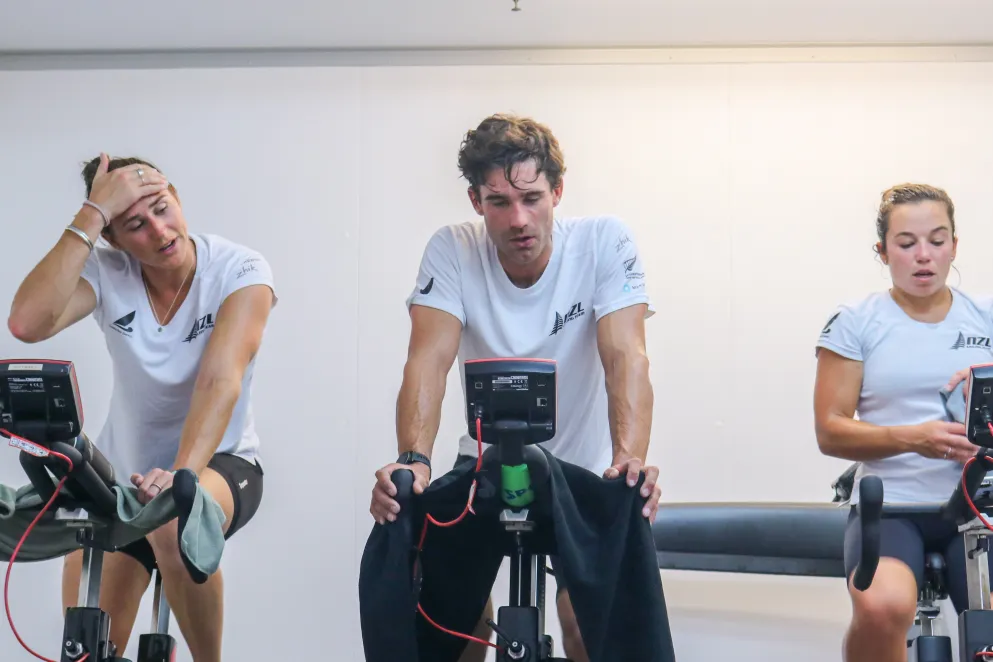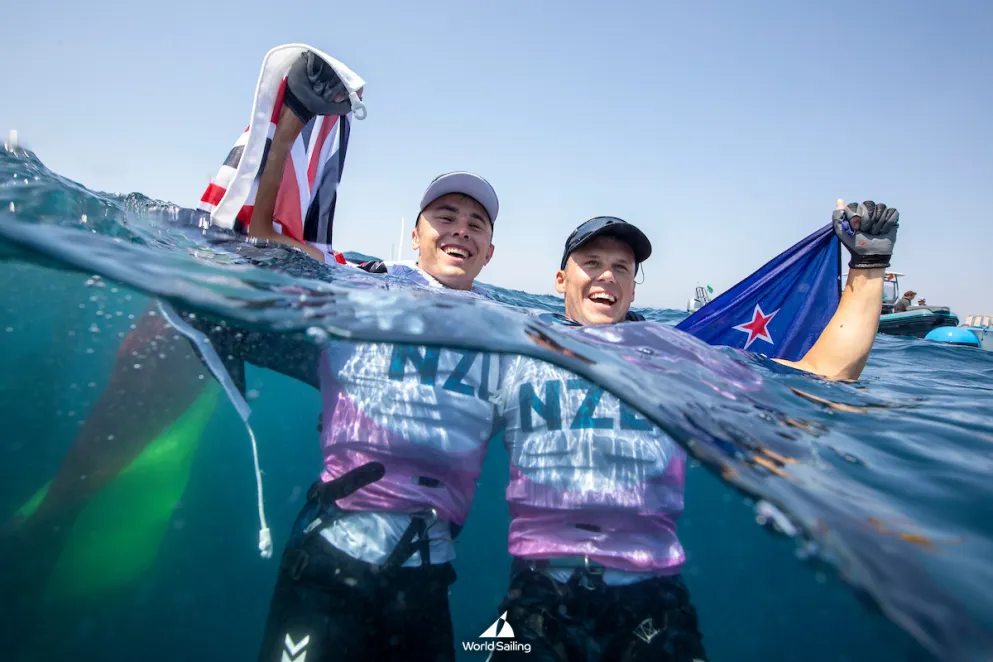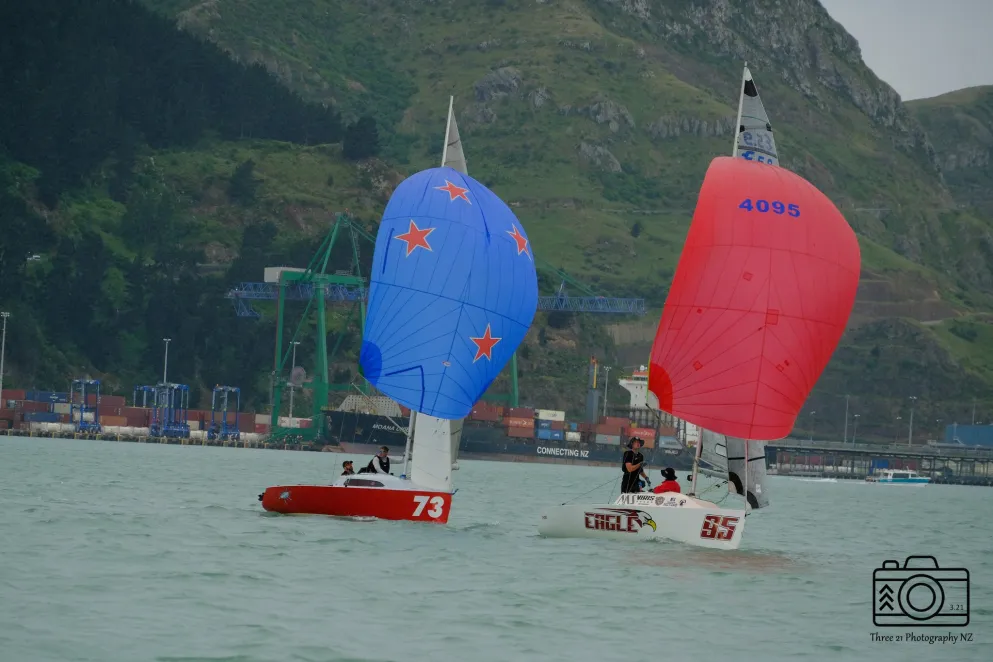NZ's sailors feeling the heat before Olympics
Sam Meech dreads the moment the door to the heat chamber is closed - he knows it’s going to be hot and it’s probably going to hurt – but also realises it could be the difference when next year’s Olympics roll around.
Meech is one of a number of New Zealand’s top athletes who have been using the heat chamber at High Performance Sport New Zealand’s base at the Millennium Institute. Both temperature and humidity can be set, meaning any environment in the world can be replicated.
The Tokyo Games are expected to be the hottest on record - the combination of heat and humidity will make it feel like 40-50 degrees - and many athletes are trying to get themselves ready both mentally and physically for what to expect. Meech used the heat chamber prior to the 2016 Rio Olympics but mostly to prepare for heat as opposed to the dual combination of heat and humidity expected in Tokyo.
“It’s horrible,” the Rio bronze medallist said after a bike session inside the chamber with the controls set to 32 degrees and 80 percent humidity. “[It’s not fun] at all.
“When the door shuts, it’s mental training. I have to be in here for an hour or hour-and-a-half and you just have to get it done. You just try to keep going. Some days are better than others but some days you’re locked in there and you just want it to be done.
“I think the training we are doing here at High Performance Sport New Zealand is super-beneficial. We sat down at start of the [Olympic] cycle and [dealing with heat] is going to be one of the key things for performance in Tokyo. We are doing everything we can to be in the best condition and the heat can take it out of you both physically and mentally. Giving yourself the best chance is really what it’s all about.”
HPSNZ Tokyo heat strategy lead Julia Casadio said the body can adapt to different conditions and the heat chamber allows athletes to acclimatise to what they can expect in Tokyo. They typically do a block of training in the chamber before heading to Japan so they can expect to see a drop in core temperature and heart rate and an increase in sweat rate when they head over there.
Most countries are using strategies to help cope with the heat when on the ground and that includes tools like ice vests and cool drinks.
“Before going to the Games it’s all about training in the heat and then when they get there using the right cooling mechanisms,” Casadio said. “That has a huge impact on performance.”
New Zealand’s sailors experienced first-hand what they’re likely to face at next year’s Games when they competed in August’s Olympic test event. A combination of the breeze and ocean sometimes helped cool them down but it was often also brutally hot in the boat park when they were rigging the boats or fixing equipment and regattas are also held over multiple days.
“If you spend too much time in the heat, you can start to feel bad or you don’t think properly,” said Molly Meech, who won silver with Alex Maloney in the 49erFX at the Rio Olympics. “Sailing is a mental and physical sport, so trying to keep your mind in the best possible state is the goal.
“Everyone is talking about the heat but actually doing this and experiencing Japan itself is going to be a key factor in being able to control how you react in the heat, so I definitely think [the heat chamber] is a game-changer for Japan.”
















